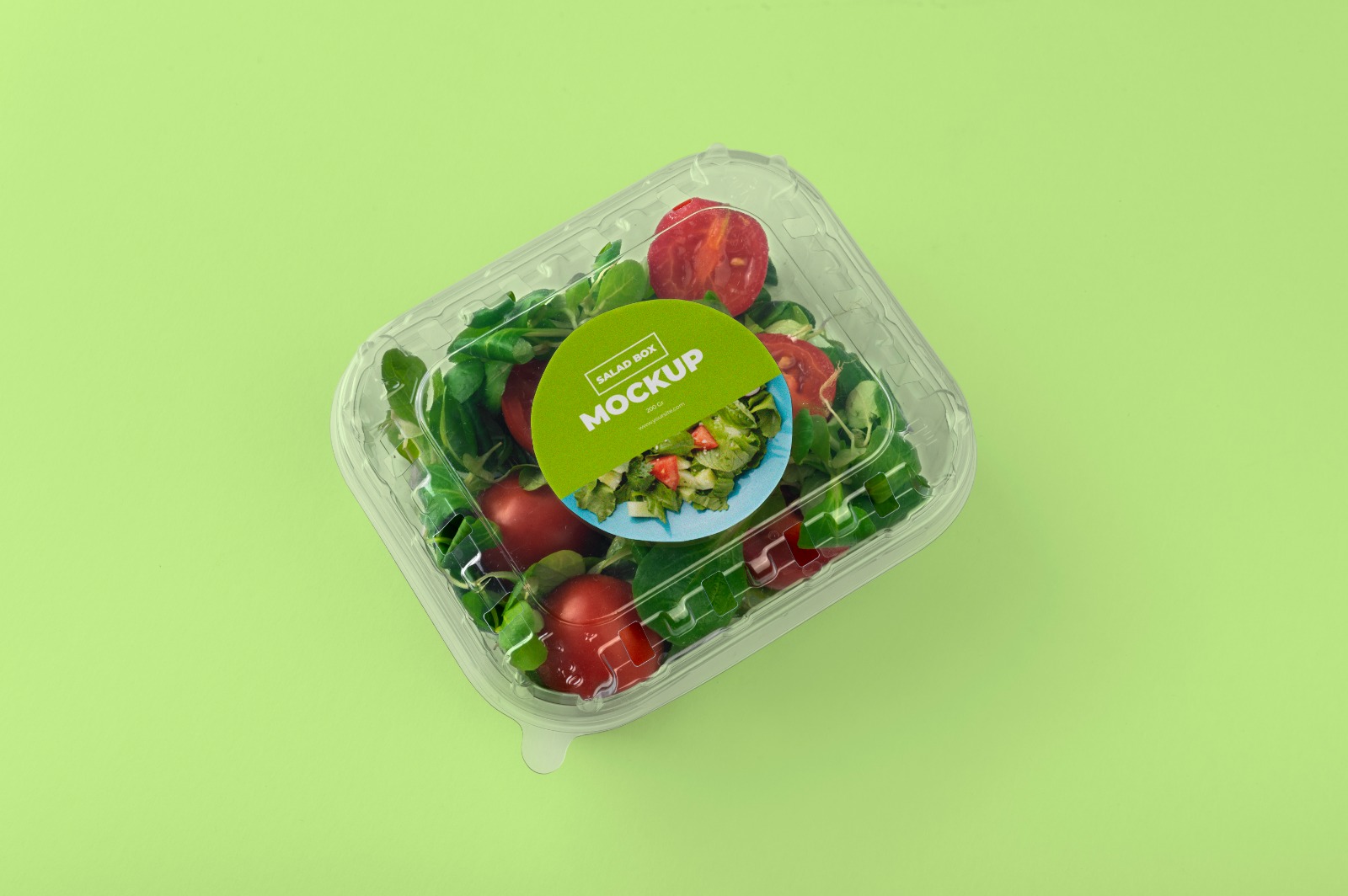The Future of Food Packaging: Balancing Sustainability and Hygiene in Consumer Decisions
October 29, 2025

“Sustainability is no longer about doing less harm. It's about doing better.” Jochen Zeitz
Details
F
ood packaging is entering a period of profound transformation. Driven by growing environmental concerns, stricter regulations, and heightened consumer awareness, packaging companies face increasing pressure to innovate. At the same time, hygiene and safety, longstanding priorities in the food industry, remain critical. This dual demand creates a complex challenge: developing packaging that is both sustainable and uncompromising on food safety, while still being cost-effective for consumers.
Shifting Consumer Priorities
Global research shows that consumers are placing more weight on sustainability in their purchasing decisions, but without sacrificing safety. A McKinsey survey of more than 11,500 consumers across 11 countries revealed that hygiene and shelf life continue to be the two most important packaging criteria globally. Interestingly, although hygiene concerns peaked during the COVID-19 pandemic, consumer focus on safety has not returned to pre-pandemic levels. In fact, over 60 percent of respondents in developed economies such as the United States, Germany, and Japan still cite hygiene as a top concern when choosing packaged food.
At the same time, sustainability has become a parallel priority. Roughly 70 percent of surveyed consumers worldwide claim to be willing to pay more for packaging that is environmentally friendly. This willingness is notably higher in developing economies such as India, Brazil, and China, where more than three-quarters of consumers expressed readiness to spend extra for sustainable solutions. By contrast, in developed markets, the willingness is closer to 50 percent, suggesting that cost sensitivity plays a greater role in regions already under economic pressure from inflation.
The Tension Between Sustainability and Safety
The transition from conventional plastic to alternative materials illustrates a major tension. Plastics have historically dominated food packaging because of their superior barrier properties, low cost, and convenience. However, they also account for nearly 40 percent of global plastic waste, much of which ends up in oceans or landfills. Governments are responding with bans on single-use plastics and mandates for recycled content; for example, the European Union now requires plastic beverage bottles to contain at least 25 percent recycled plastic by 2025.
In response, companies are testing biodegradable and compostable materials, such as sugarcane bagasse, cornstarch polymers, or paper-based alternatives. While these materials are often perceived as eco-friendly, they can present trade-offs. A report by the Ellen MacArthur Foundation notes that compostable films and paper packaging can reduce shelf life by up to 30 percent compared to multilayer plastic packaging, raising concerns about food spoilage and waste. For perishable products such as meat, poultry, and fresh produce, these shorter shelf lives may undermine consumer trust in safety.
Regional Variations in Consumer Concerns
Future risks for packaging companies will also differ by geography. In Europe, Japan, and the United States, the leading environmental concern is ocean litter, with more than 65 percent of consumers ranking it as their top issue. In contrast, consumers in Brazil, India, and China are more worried about air and water pollution caused by the production and disposal of packaging materials. These regional differences matter, as they will shape regulatory approaches and consumer expectations. For instance, European consumers may reward companies that reduce plastic waste, while Asian consumers may be more receptive to packaging innovations that cut carbon emissions in manufacturing.
The Cost Factor
Price remains a powerful determinant of consumer behavior. Compared to 2020, the importance of price in purchasing decisions rose by 11 percentage points in developed markets, driven by inflationary pressures. This presents a challenge for packaging companies because sustainable materials and advanced safety technologies often come at a higher cost. Smart packaging with freshness sensors or antimicrobial coatings, for example, can extend shelf life and reassure consumers about hygiene, but such innovations may increase packaging costs by 20–30 percent. Unless economies of scale bring costs down, consumers in lower-income brackets may resist these changes, limiting widespread adoption.
Preparing for the Future
Looking ahead, food packaging companies must balance competing demands. They will need to invest in material innovation that achieves both safety and sustainability, such as recyclable plastics with high post-consumer content or bio-based films with enhanced barrier properties. Equally important will be transparency: studies show that nearly 50 percent of consumers remain skeptical of sustainability claims, suggesting that clearer labeling and education are essential. Regulations are also tightening rapidly, over 150 countries now have some form of legislation restricting single-use plastics, which means compliance will not be optional but a prerequisite for market survival.
Conclusion
The future of food packaging will be shaped by the delicate balance between sustainability and hygiene. Consumers are unwilling to compromise on safety, yet they are increasingly vocal about reducing environmental harm. Companies that can deliver packaging solutions that preserve freshness, protect against contamination, and minimize ecological impact will capture long-term loyalty. Those that fail to adapt risk losing consumer trust and falling behind in an industry that is being reshaped by both regulation and rising public expectation.
